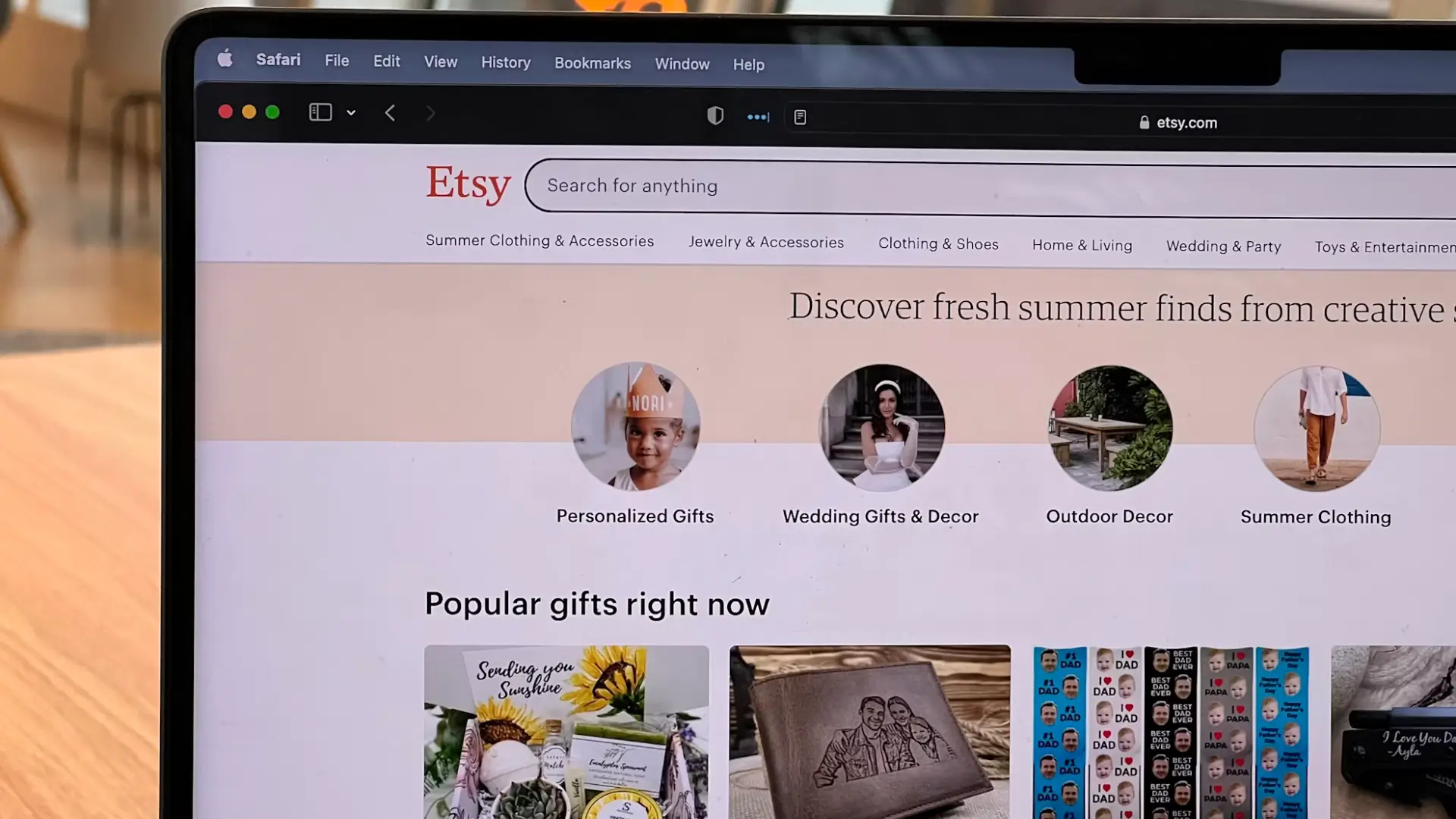In today’s digital age, understanding your market is crucial for the success of any online business. Whether you’re just starting or looking to scale, conducting thorough market research can give you valuable insights into your target audience, competitors, and overall industry trends. Fortunately, there are numerous tools available to help simplify the research process, even for beginners. This article will explore the best tools for online business market research in 2025, making it easy for you to gather data, analyze trends, and make informed business decisions.
Why Market Research is Important for Online Businesses
Before diving into the tools, let’s quickly understand why market research matters. Market research helps you:
- Identify your target audience: Who are your potential customers? What are their needs and preferences?
- Analyze competitors: What are your competitors doing right, and where can you outperform them?
- Track industry trends: What are the emerging trends in your industry, and how can you leverage them?
- Reduce risk: By making data-driven decisions, you minimize the chances of launching a product or service that doesn’t resonate with your audience.
Now, let’s look at the top tools for online business market research in 2025, with a focus on tools that are beginner-friendly and highly effective.
1. Google Trends
Google Trends is one of the most popular and user-friendly tools for conducting market research. This free tool allows you to track the popularity of specific keywords over time, showing you what’s trending in your industry and what people are searching for online.
- How it helps: You can use Google Trends to discover emerging trends, track seasonal changes in demand, and identify popular search terms.
- Best for: Beginners looking to understand search behavior and trends.
- Example: If you’re in the fitness niche, you can track keywords like “home workout” or “fitness tracker” to see how interest in these topics fluctuates.
2. SEMrush
SEMrush is a powerful all-in-one tool for SEO, competitor analysis, and market research. It’s particularly helpful for researching your competitors’ strategies and seeing how they rank in search engines.
- How it helps: SEMrush allows you to analyze your competitors’ top keywords, backlink profiles, and overall SEO performance. You can also use it to track your own keyword rankings and identify opportunities for improvement.
- Best for: Beginners and intermediate users who want to perform competitive analysis and optimize their online presence.
- Example: With SEMrush, you can enter a competitor’s domain and see the keywords they rank for, allowing you to target similar or related keywords for your own business.
3. Ahrefs
Ahrefs is another comprehensive tool for market research, focusing on SEO and backlink analysis. This tool is ideal for those who want to dive deep into competitor research and keyword analysis.
- How it helps: Ahrefs provides a detailed breakdown of your competitors’ organic search traffic, keywords, and backlink profiles. It’s also great for finding content ideas based on popular topics in your niche.
- Best for: Beginners who are looking for easy-to-understand data on competitors and keyword performance.
- Example: If you want to start a blog on health and wellness, Ahrefs can help you find high-traffic keywords that are easy to rank for, giving your content the best chance to succeed.
4. SurveyMonkey
SurveyMonkey is a well-known tool for creating surveys to gather direct feedback from your target audience. Surveys can help you understand your customers’ needs, preferences, and pain points.
- How it helps: SurveyMonkey allows you to create simple surveys that can be distributed to your audience, providing valuable insights into their behaviors and opinions.
- Best for: Beginners who want to collect qualitative data directly from potential or existing customers.
- Example: If you’re launching a new product, you can use SurveyMonkey to ask your audience what features they value most or what problems they’re facing.
5. AnswerThePublic
AnswerThePublic is a unique tool that helps you understand what questions people are asking online. By simply entering a keyword related to your niche, this tool generates a list of questions, prepositions, and comparisons that people search for.
- How it helps: This tool is perfect for brainstorming content ideas, understanding common pain points, and identifying long-tail keywords that are relevant to your audience.
- Best for: Beginners looking to generate content ideas and find long-tail keywords.
- Example: Entering “e-commerce” into AnswerThePublic may generate questions like “What is the best e-commerce platform?” or “How to start an e-commerce business?” — providing you with great content ideas.
6. Statista
Statista is a top resource for data and statistics on a wide range of industries and markets. It offers reports, surveys, and infographics that can help you make data-driven decisions.
- How it helps: Statista provides access to comprehensive industry data that can help you understand market size, trends, and consumer behavior.
- Best for: Beginners who want easy access to high-quality market data.
- Example: If you’re in the tech industry, Statista can provide data on global smartphone usage trends, helping you better understand your market.
7. BuzzSumo
BuzzSumo is a content research tool that helps you discover the most popular content in your niche. You can use it to track social media shares, analyze your competitors’ content, and find influencers in your industry.
- How it helps: BuzzSumo helps you identify content that resonates with your audience, as well as trending topics and influencers who can help you reach a wider audience.
- Best for: Beginners who want to understand content performance and social media trends.
- Example: If you’re in the travel niche, BuzzSumo can show you which travel-related articles are getting the most engagement on social media.
8. Ubersuggest
Ubersuggest is a simple yet powerful SEO tool that provides keyword research, content ideas, and competitive analysis. Created by Neil Patel, this tool is ideal for those looking to optimize their online presence.
- How it helps: Ubersuggest offers keyword suggestions, backlink data, and traffic estimates to help you understand how to improve your SEO strategy.
- Best for: Beginners who want an affordable and easy-to-use SEO tool.
- Example: If you’re launching an online store, Ubersuggest can help you find high-traffic keywords to target in your product descriptions and blog posts.
Conclusion
Conducting market research doesn’t have to be overwhelming, even if you’re just starting your online business. With tools like Google Trends, SEMrush, Ahrefs, and SurveyMonkey, you can gather data on your target audience, competitors, and industry trends to make informed decisions. Other tools like AnswerThePublic, Statista, BuzzSumo, and Ubersuggest help you discover content ideas, understand search behavior, and stay ahead of the competition.
By using the right tools, you’ll gain valuable insights that will guide your business strategy and help you succeed in the competitive online marketplace. So, start exploring these market research tools for online business today and make data-driven decisions that set you up for long-term success.
—
This article is copyright © blogwidow.com. Please do not reprint without permission.
Photo by Myriam Jessier on Unsplash














